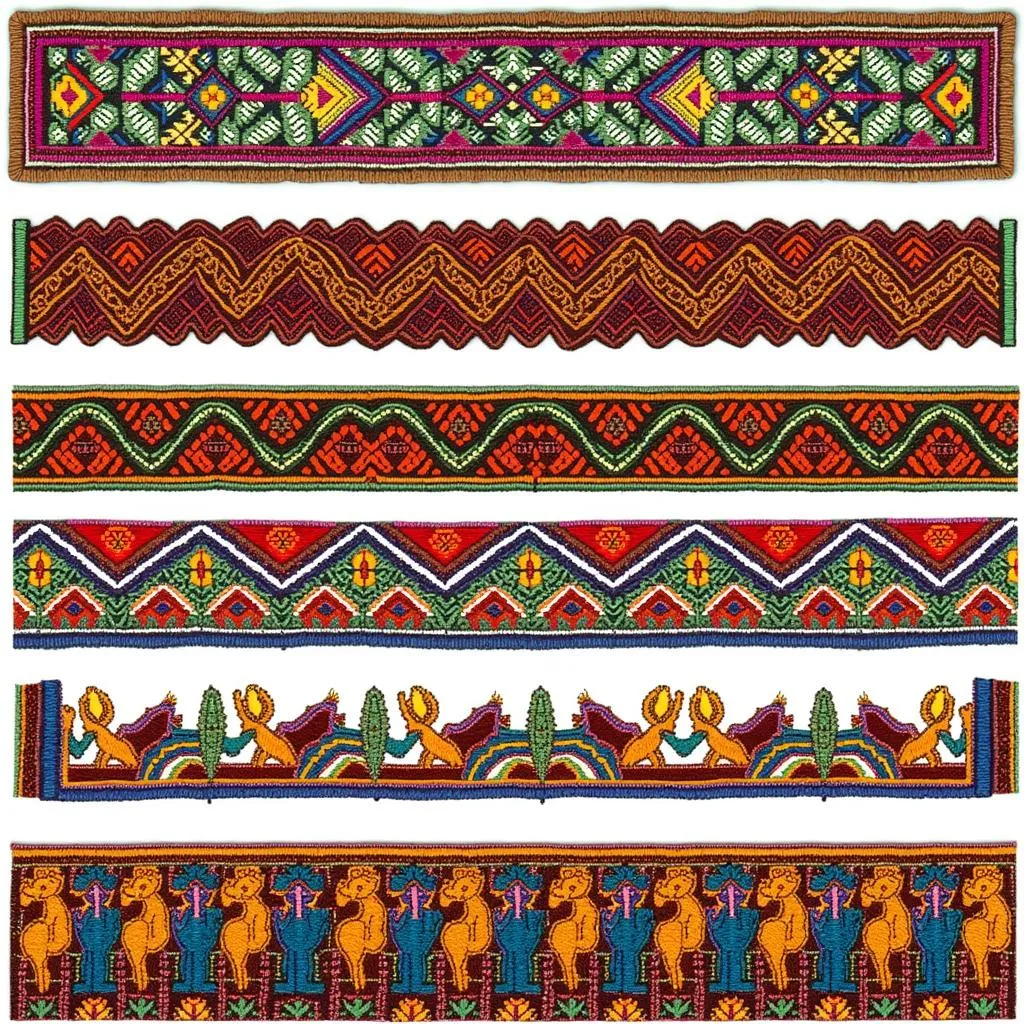Unveiling the African Civet Range: Where Mystery Meets Conservation
The African civet, a creature shrouded in both intrigue and ecological importance, occupies a surprisingly vast and diverse range across the African continent. Understanding the African Civet Range is crucial for appreciating the adaptability of this fascinating species and the importance of its conservation.
A Continent-Wide Footprint: Exploring the African Civet’s Domain
Contrary to what its name might suggest, the African civet is not confined to a single habitat or region. Their range extends across a significant portion of sub-Saharan Africa, encompassing a variety of ecosystems. From the lush rainforests of Central Africa to the savannas of East Africa and even the dry woodlands of Southern Africa, the African civet demonstrates remarkable adaptability.
This wide distribution speaks to the resilience and ecological flexibility of the species. They are able to thrive in areas with diverse vegetation, water availability, and prey abundance. However, this expansive range doesn’t necessarily translate to a large population.
Factors Influencing the African Civet Range
Several factors influence the distribution and density of African civets across their range.
-
Habitat Availability: While adaptable, African civets prefer areas with dense vegetation cover. This vegetation provides them with shelter from predators and ample hunting grounds. As deforestation and habitat fragmentation continue to threaten many parts of Africa, the availability of suitable habitat directly impacts their range.
-
Prey Abundance: As primarily insectivorous creatures, the African civet’s range is influenced by the availability of insects. They also supplement their diet with small mammals, reptiles, and fruits, making their distribution dependent on a diverse and healthy ecosystem.
-
Human Interactions: Human activities, both direct and indirect, play a significant role in shaping the African civet range. Habitat loss due to agriculture and urbanization poses a significant threat. Additionally, the illegal pet trade and the use of civet musk in traditional perfumes contribute to their decline in certain areas.
Conservation Efforts and the Future of the African Civet
While the African civet is currently listed as a species of “Least Concern” by the International Union for Conservation of Nature (IUCN), their future remains uncertain. The ongoing threats to their habitat and the pressures from human activities necessitate proactive conservation efforts.
Protecting remaining forests and woodlands, promoting sustainable land management practices, and raising awareness about the importance of African civets are crucial steps in ensuring their survival. Research into their population dynamics and the impact of human activities is also vital for effective conservation strategies.
FAQs About the African Civet Range
What is the typical habitat of an African civet?
African civets favor areas with dense vegetation, such as forests, woodlands, and thickets. They seek out these habitats for shelter, hunting, and breeding.
What do African civets eat?
Their diet primarily consists of insects, but they are opportunistic omnivores and will also consume small mammals, reptiles, eggs, fruits, and even carrion.
Why are African civets important to the ecosystem?
As both predator and prey, they play a crucial role in maintaining a balanced ecosystem. Their insectivorous habits help regulate insect populations, while their presence as prey supports larger carnivores.
Are African civets endangered?
Currently, they are listed as “Least Concern” by the IUCN. However, their populations are declining in certain areas due to habitat loss and human-wildlife conflict.
How can I contribute to African civet conservation?
Supporting organizations dedicated to wildlife conservation in Africa, raising awareness about the species, and advocating for sustainable land management practices are all meaningful ways to contribute.
For additional information and resources on African civets and their conservation, please visit african civet.
We hope this article has provided valuable insights into the fascinating world of the African civet and the importance of understanding their range for effective conservation efforts.
Need assistance? Contact us at Phone: +255768904061, Email: kaka.mag@gmail.com Or visit us: Mbarali DC Mawindi, Kangaga, Tanzania. We have a 24/7 customer support team.
